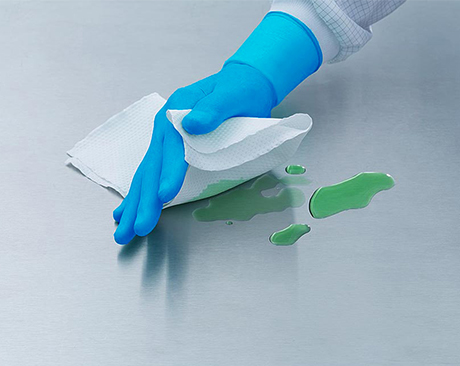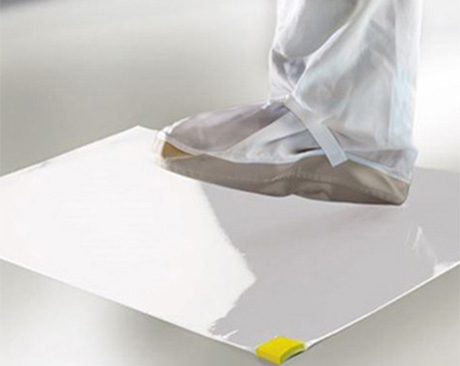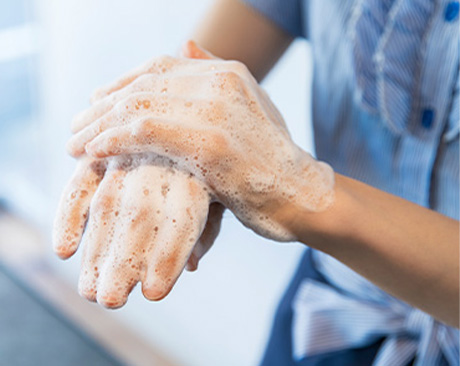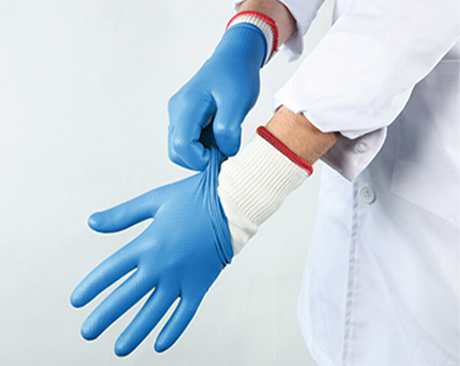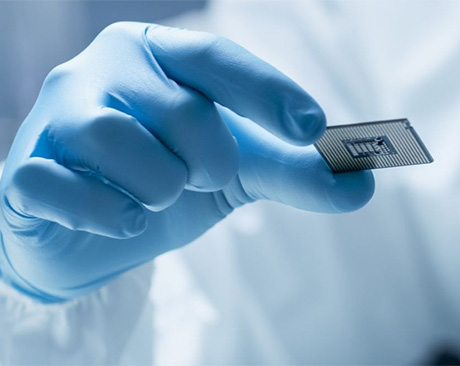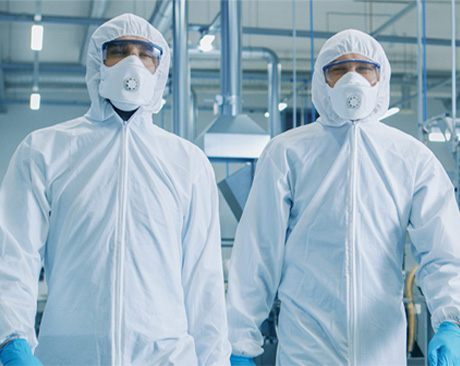Correct Disinfection of Hard Surfaces
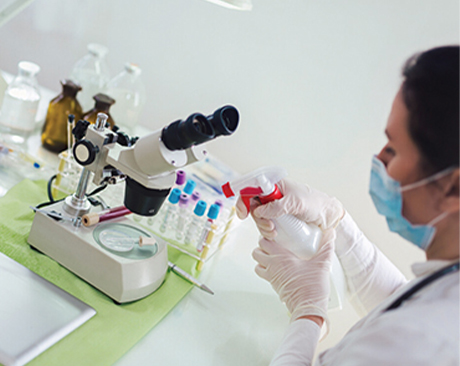
When dealing with hard surfaces, it is critical to keep in mind the differences between Cleaning, Sanitising and Disinfecting. While they are all linked together and are equally important, there are key differences in the results they offer:
Cleaning: this removes most germs, dirt and impurities from the surfaces. Recommended action is clean with water, soap and scrubbing.
Sanitising: this reduces germs to levels that public health codes or regulations deem to be safe. This is done with weaker bleach solutions or sanitising sprays, and surfaces must be cleaned before they are sanitised.
Disinfecting: this kills most germs on surfaces and objects. Disinfecting is done with stronger bleach solutions or chemicals, and like with sanitising, surfaces must be cleaned before they are disinfected.
Choosing the right Chemical Disinfectant:
It is important for a disinfection procedure to regularly be reviewed, in order to determine whether or not germs are being killed from surfaces and objects. When selecting and using a chemical disinfectant, it is important to remember the below:
- Efficacy: the chosen disinfectant must work against the targeted microorganisms. The efficacy of a disinfectant can be determined by using manufacturer literature, peer-reviewed literature and in-house testing.
- Concentration of disinfectant: over-dilution of a disinfectant could potentially lead to the disinfectant not working against the target microorganism. As a result, the correct concentration must be used at all times as per manufacturer's instructions.
- Contact time: in order for a disinfectant to work effectively, it must be applied to the surface/item for sufficient time as outlined in the manufacturer instructions.
- Shelf life/Stability: when diluted, a disinfectant can deteriorate with time, with out of date stock unable to provide effective disinfection. Upon preparation, a diluted disinfectant should be clearly dated with a "use by" or "expiry date" as per the manufacturer's instructions.
- Presence of other contaminants: as outlined above, cleaning a surface prior to disinfection is incredibly important; the presence of oil and grease residues on a surface can prevent effective disinfection. Additionally, proteins, organic matter, soaps and detergents can all reduce the effectiveness of the disinfectant. It is important to note that successful pre-cleaning is not always possible - in such cases, where disinfectants remain active in the presence of considerable amounts of organic matter, longer contact times followed by removal of gross contamination and the reapplication of disinfectant may be required.
- pH and temperature: most disinfectants will have an optimal pH and temperature for efficacy. Additionally, a high temperature can increase evaporation of the disinfectant and reduce the contact time, which could result in inadequate disinfection. Always consult the manufacturer instructions to determine the correct pH and temperature for use.
- Water hardness: water that has a high mineral content can reduce the rate of kill of certain disinfectants.
- Compatibility: it is important to consider the surface that is being disinfected, and any possible chemicals that might not be compatible with it. For example, a stainless-steel workbench could be damaged by strong acid and hypochlorite, or plastics could be affected by a disinfectant containing organic solvents.
- Health hazards: a person using disinfectants should always wear the appropriate protective garments; many disinfectants are hazardous to health and could lead to toxic/corrosive reactions.
The incorrect use of disinfectants could potentially lead to increased resistance in microorganisms. For example, microorganisms may reside in dirt/difficult-to-access places and in biofilms, where the disinfectant cannot reach easily. As a result of this, microorganisms are exposed to lower disinfectant concentrations, which allows less susceptible strains to survive.
Disinfectant Levels
From advertisements for disinfectants, most of us are familiar with the phrase "Kills 99.9% of bacteria". What does this mean?
In infection control, 'Log Reductions' highlight how effective a product is at reducing pathogens. The greater the log reduction, the more effective a product is at killing bacteria.
These are calculated using a logarithmic scale; log reduction stands for a 10-fold (or one decimal point) reduction in bacteria, which means the disinfectant reduces the number of live bacteria by 90% for every step.
To understand each log value, an example of a small colony of one million MRSA bacteria in a hospital setting can be considered:
- A 1-log kill reduces the colony to 100,000 MRSA bacteria after a 90% reduction
- A 2-log kill reduces the colony to 10,000 bacteria after a 99% reduction
- A 3-log kill reduces the colony to 1,000 bacteria after a 99.9% reduction
- A 4-log kill reduces the colony to 100 bacteria after a 99.99% reduction
- A 5-log kill reduces the colony to 10 bacteria after a 99.999% reduction
- A 6-log kill reduces the colony to 1 MRSA bacterium after a 99.9999% reduction
As highlighted above, disinfectants will have different results based on their log levels. A bleach disinfectant that kills 99.9% (Log-3) of microorganisms, will be less effective than a Log-6 disinfectant, which is one thousand times more effective. Consideration must be given to this when selecting a disinfectant, as well as what surface it is being applied to (e.g., a bleach disinfectant could be suitable for non-porous, unpainted surfaces such as floors or toilets, but a higher grade disinfectant could be required for other areas).
Controlled Environments Company provide a range of disinfectant products and systems. For more information, contact our Sale Team.







